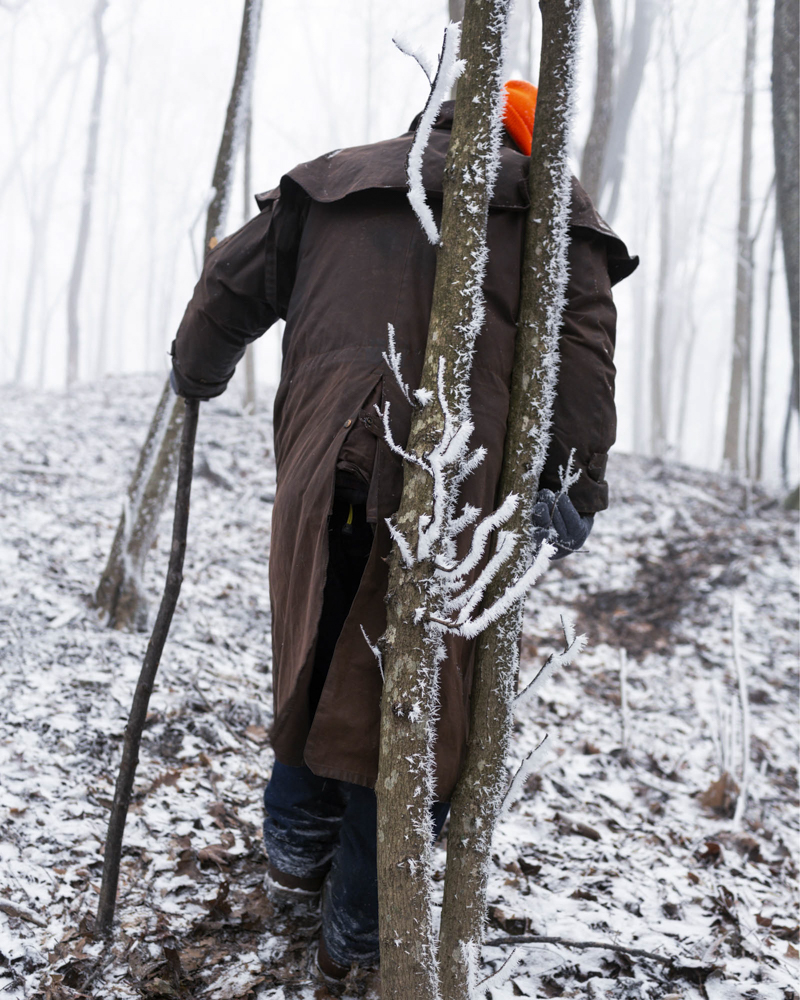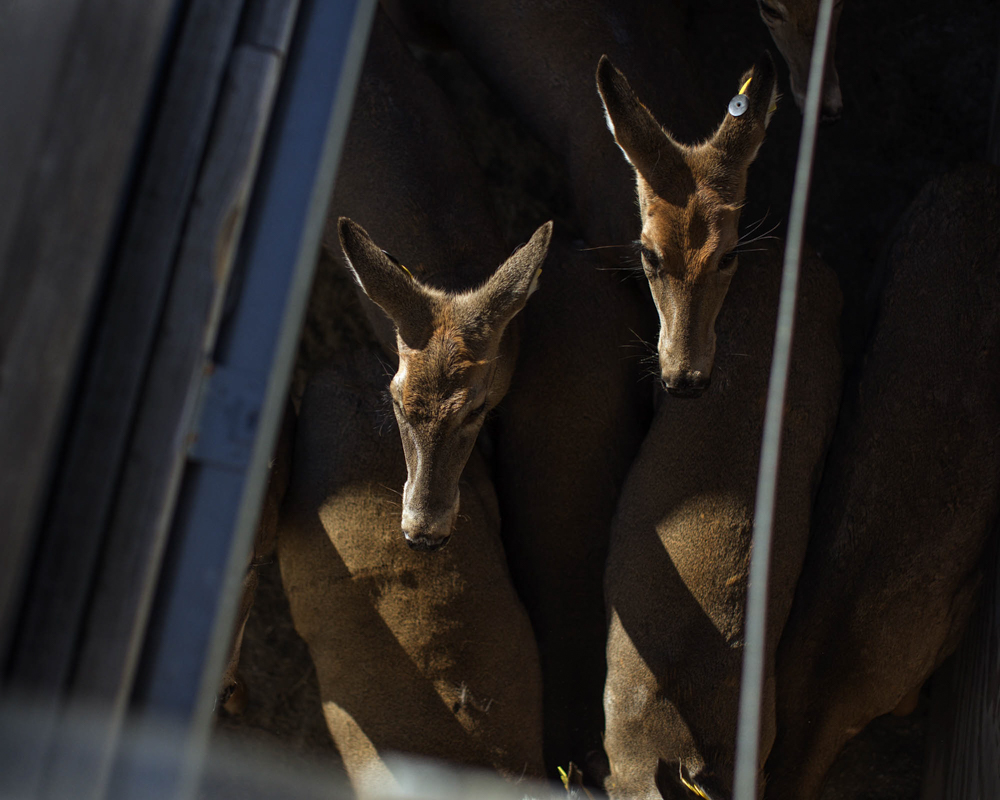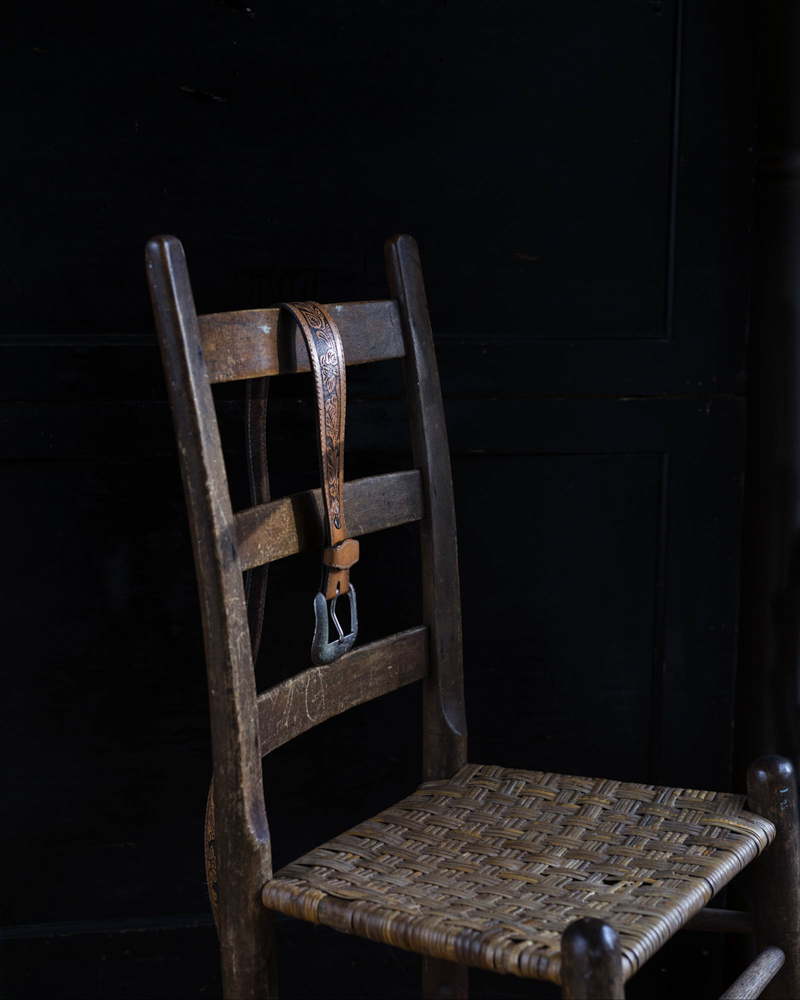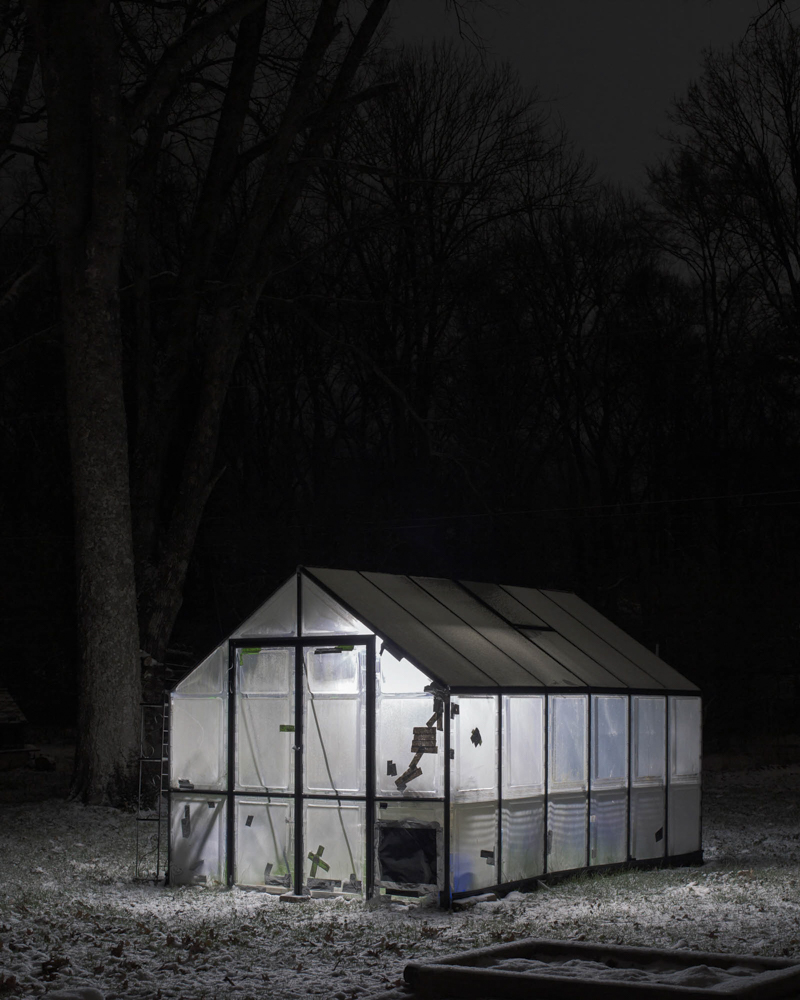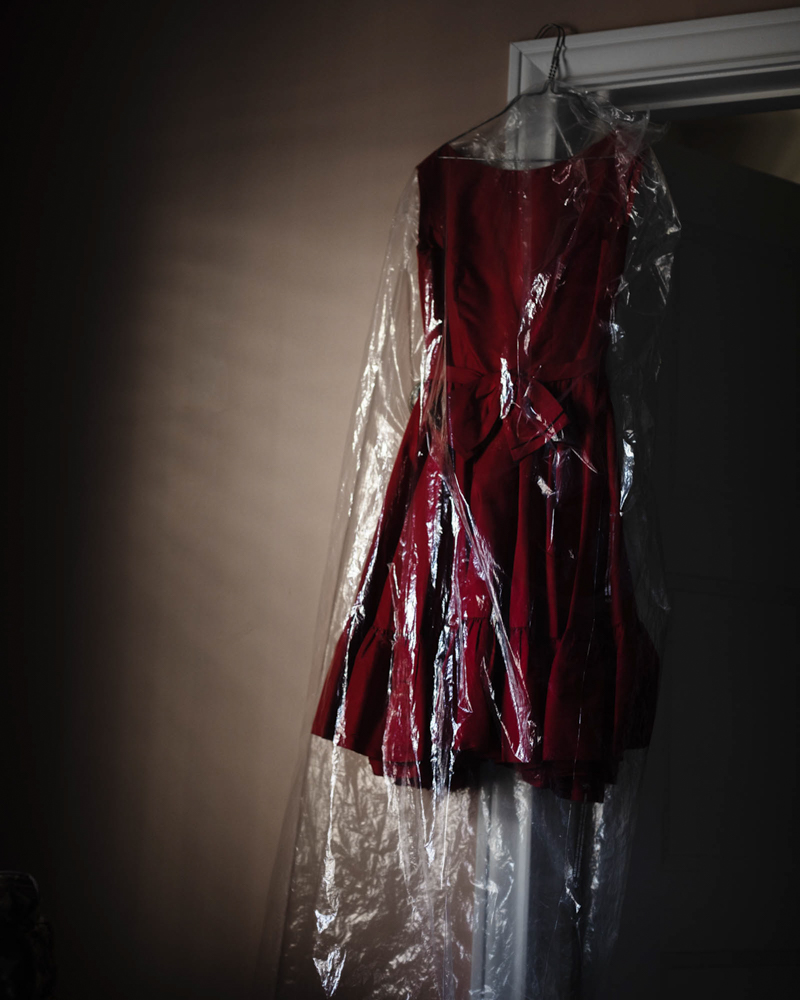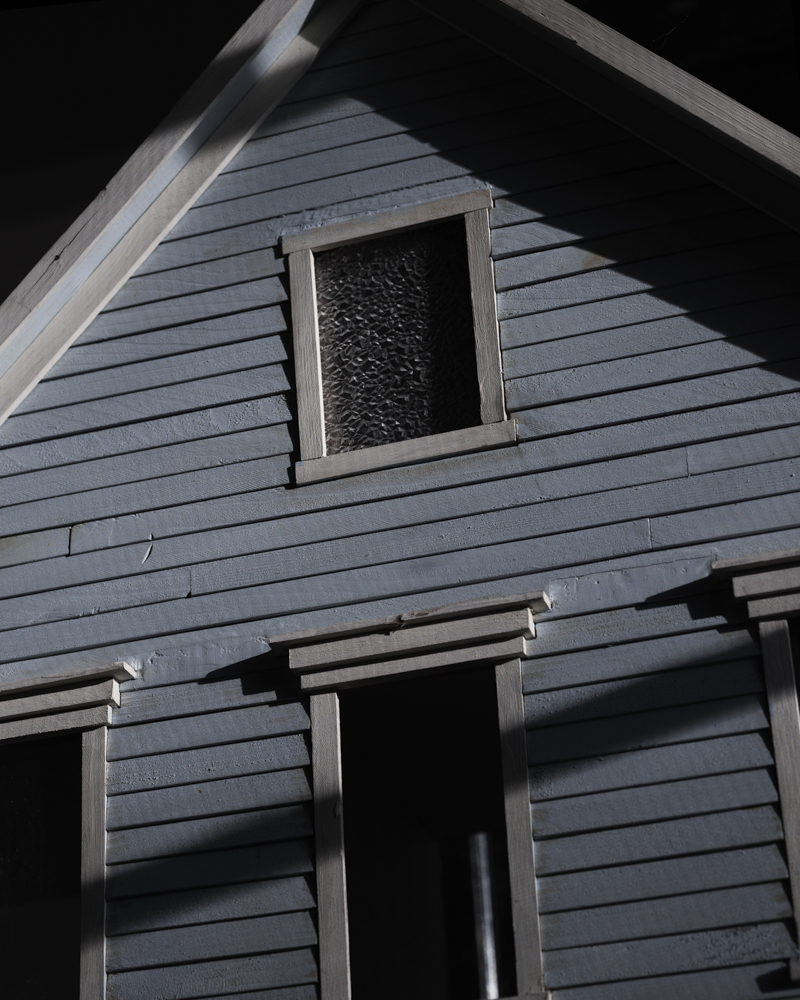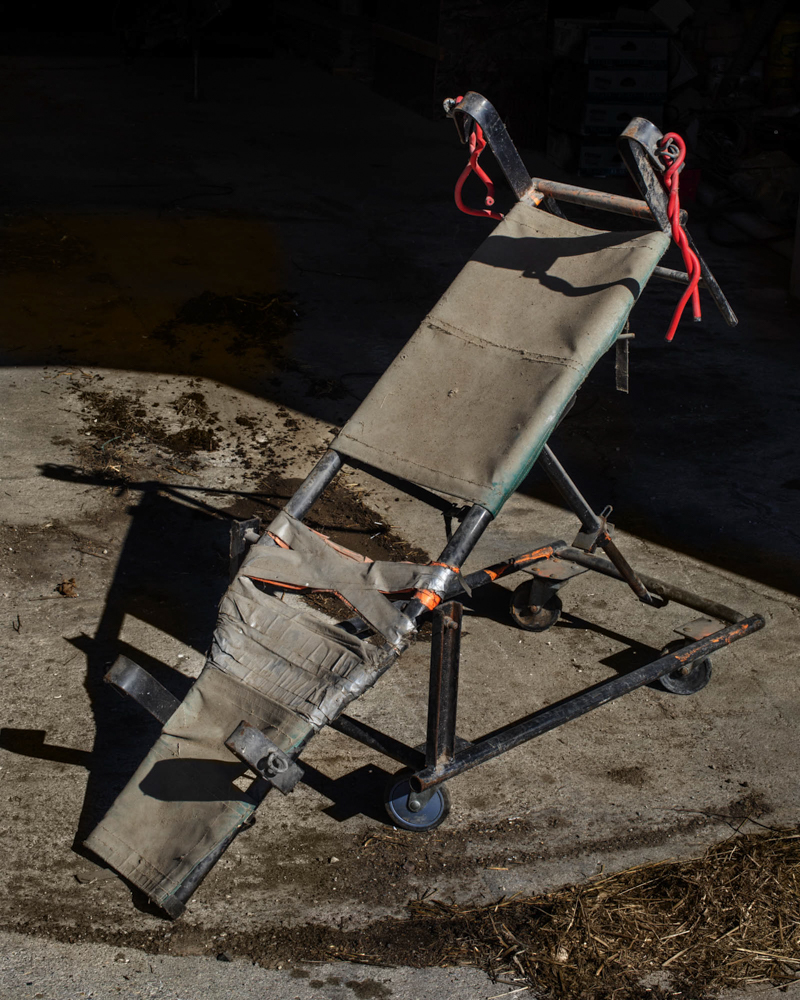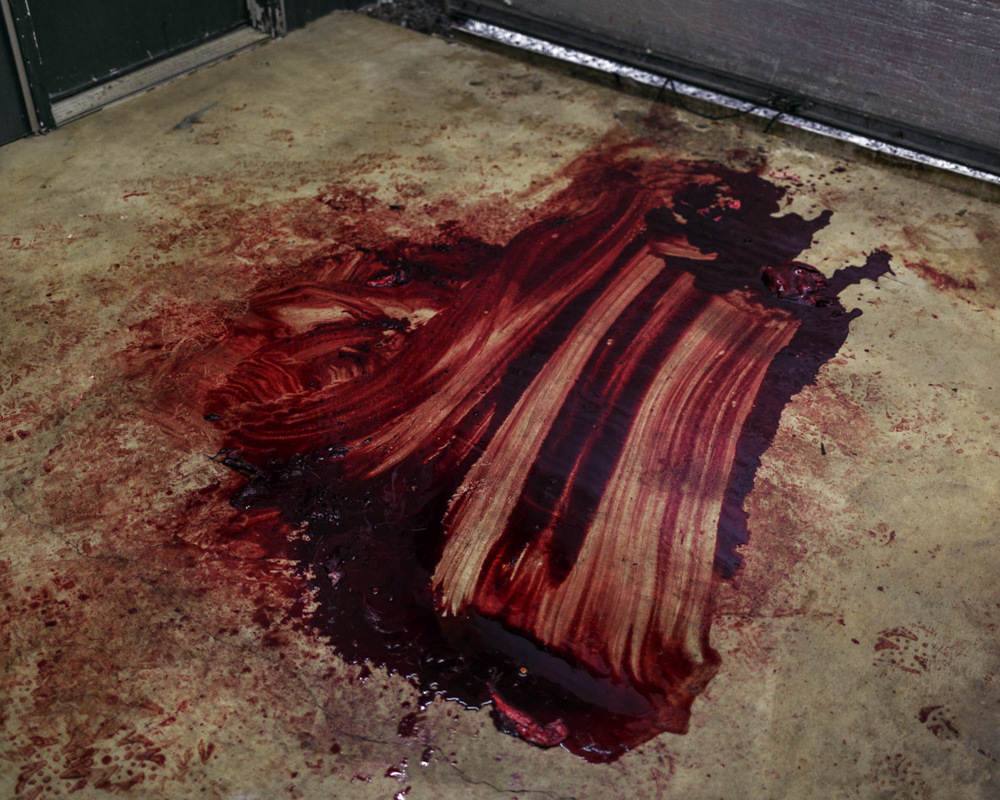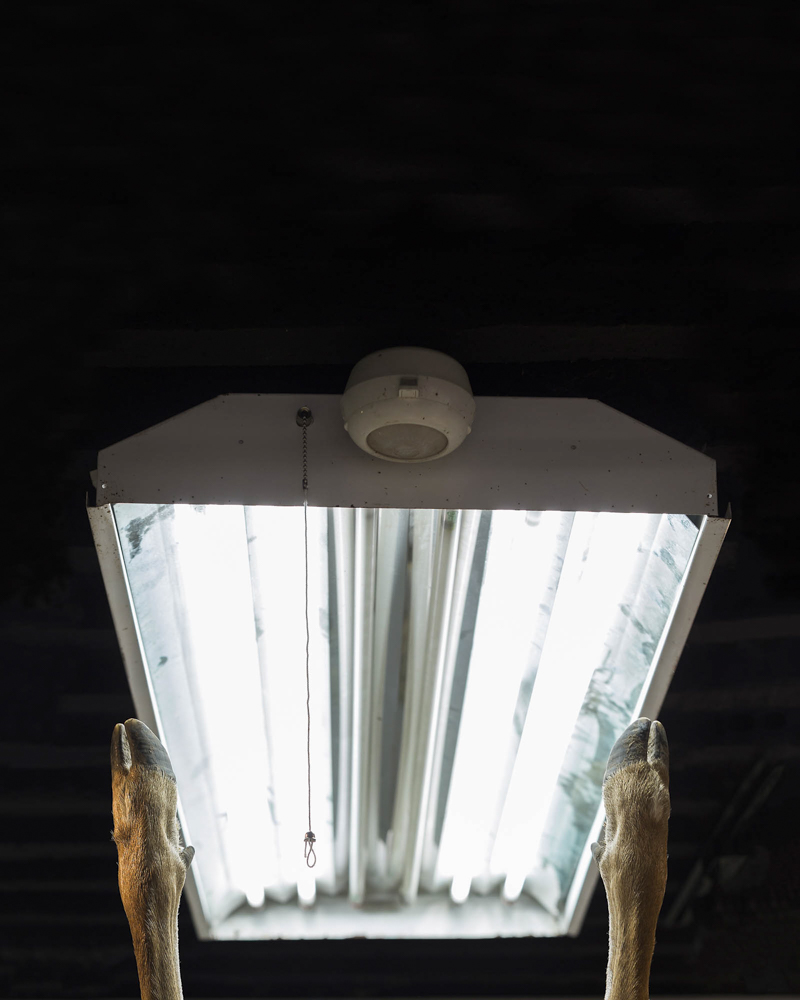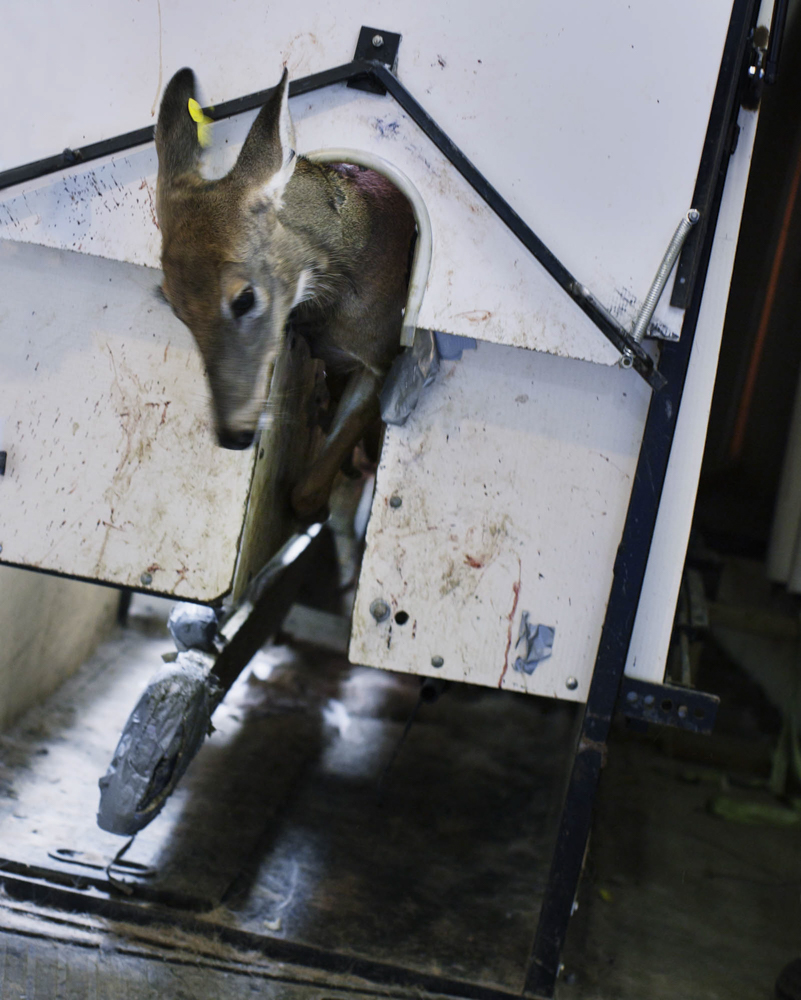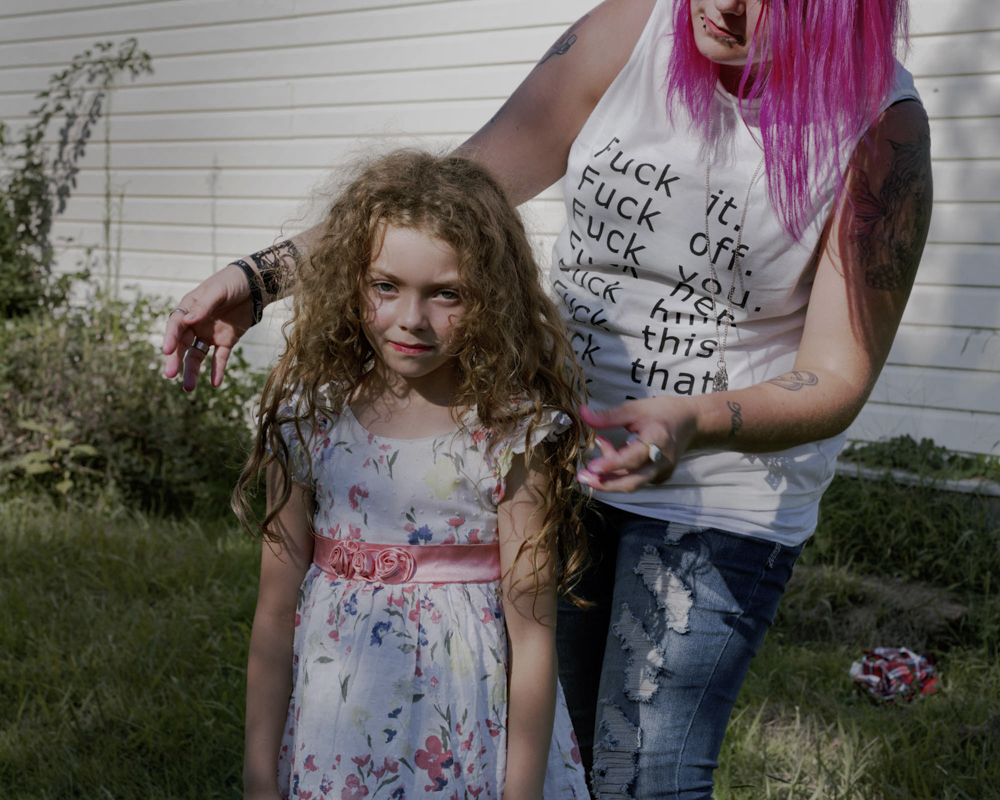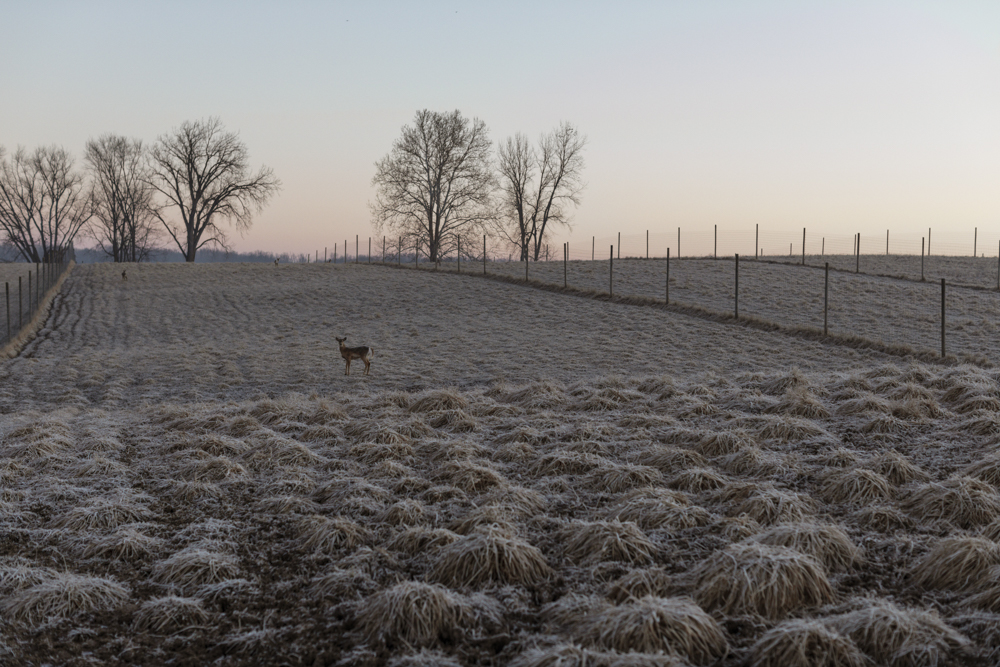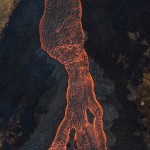Tamara Reynolds: XX
Tamara Reynolds is a documentary photographer born and raised in Nashville, Tennessee who exhibits her work nationally and internationally. She will be returning as a visiting Lecturer to Vanderbilt University in Nashville for the spring semester of 2024.
Reynolds began her career as a commercial photographer for 25 years. Although very successful, over time she felt an internal shift that led her to find additional ways to communicate using her camera.
She began dedicating more time and commitment to her personal work that led to investigating aspects of humanity that are hidden from view. She started immersing herself within different communities and taking the time necessary for her work to evolve naturally. In her project The Drake, she photographed one square block located a mile from downtown Nashville, documenting over time the people who live within the shadows of hidden cycles of addiction as well as social and economic marginalization. Her work continues to shed light on the world in which we live with a deeper and more compassionate understanding.
After visiting a deer farm in Indiana, she felt compelled to photograph the practices taking place within this controversial industry. Her series XX exposes the viewer to a heart wrenching look at what the deer in the farms are forced to endure. Human desire to create, control, and conquer a rarity has subjected the fate of these animals to satisfying the egos of humans.
Reynolds uses the controversial practices of the deer farm as a metaphor to address changes in the law that have resulted in the inability of women to make decisions regarding their own bodies and reproductive rights.
LA: At what point did you begin to use art as a tool for social awareness?
TR: I was always interested in photography. I spent many hours perusing magazines such as Life, Look and National Geographic, and the art books my mother had on the lower shelf in the living room. Artists like Caravaggio, Rembrandt, Michelangelo and Bruegel inspired me the most — I was particularly drawn to art involving the human body and human experience, the light, the composition, the story I could get lost in as a little 4 or 5-year-old. And in photography, it was the FSA and other humanistic photographers that provided me access into worlds I knew nothing about.
On an academic tour in Europe when I was beginning the summer of my sophomore year, I was terribly homesick. Photographing the art, culture and landscape helped distract me from my pain. Photographs by other high school students on the tour helped me too — we exchanged our pictures and the experience facilitated a much-needed connection. In 1978, I enrolled at Middle Tennessee State University and declared a Fine Arts major with photography as my emphasis. I don’t think I was cognizant at the time that my work is about social awareness. I really don’t think of it like that now even. I am just drawn to looking at the world and recording my experiences within it. Photography gives me access to the world, and it aids in grappling with the pain I see and feel as I come to terms with what it means to be human.
LA: What impact do you hope the series XX will have upon deer farming and humanity?
TR: I’m not asking anything of anyone, but just to look. I prefer to step away from the responsibility of how others will engage with the work. It is my record of the experience. I am just telling a story.
Once upon a time, in 1974, an Amish man in Ohio named Abe Miller was looking for pet deer to wander his property. In his efforts, he bought two white-tailed deer, a buck and a doe, who eventually had multiple fawns. In 1983, one particular offspring, a single buck fawn who Abe named Patrick, would transform Abe’s hobby into a full-blown and controversial industry. For Patrick’s antlers grew at an alarming rate. As a yearling he sprouted 12 full points when most bucks’ antlers that age are barely taller than their ears. A few years later, Patrick’s rack sprouted additional nontypical points, which are rare and highly prized by hunters. With a rack that had an unusually large spread from tip to tip, and an equally large number of points, Patrick was a marvelous buck.
Word spread. Everyone wanted in. In 1987, curious entrepreneurs seeking new avenues of money-making ventures approached Abe to purchase Patrick. The deer sold for $7,500.00, and thus began a huge industry in the hunting world – deer breeding.
In 2015, the owner of a deer farm in Indiana invited me to look inside and around the property. That day, I drove through an imposing black metal gate crowned with an arch made out of iron that said: X-FACTOR. A 20-foot-high wire fence surrounded the property. Curious deer frozen in place eyed me as I passed. The mission of the farm is to force female deer into heat and mate them with bucks to produce offspring with the atypical enormous antlers—so large the deer can barely hold their heads up and protect themselves and compete. The deer are bred to be hunted in a penned-in area, the desired trophy being the rack of unnaturally large antlers, to be mounted on a wall.
When I went inside the building, I was struck by the antiseptic smell, bright fluorescent lights, a heavy thudding noise. Hospital instruments and farm implements were scattered on a counter. Tangled bleached white deer antlers lay on tables, chairs and the floor. Down a dark hallway was a bank of heavy plastic sliding doors splattered with mud, feces and blood.
I was bewildered by what I saw. The process was intense, loud and chaotic. Outside, twenty or more deer were forced into a wooden maze with multiple sections and doors. When the last door of the maze lifted, a deer bounded toward a false freedom and instead found herself in a small metal box. The last exit door closed around her neck with her head outside, as if looking out a window of a house. The sides of the box grabbed and squeezed the deer into submission, the floor dropped out below her, and a farmhand lifted her tail and shoved a hormone-filled device into the vagina. This hormone-packed controlled internal drug release, called CIDR and pronounced cedar, brings the deer into heat. Finally, the deer is let loose to join other deer waiting outside. The experience left me stunned and mortified.
But I returned to X-Factor for the harvesting of the fertilized eggs. The atmosphere was dark, dystopic, surreal. A man stood with blue rubber-gloved hands poised mid-air above a doe’s belly shaved for surgery. A small trickle of blood leaked from a tiny cut. She was laid out on a canvas stretched between metal poles. Her legs were strapped to each pole by repurposed automobile seatbelts. Rather than being perpendicular to the ground like a typical operating table, the canvas was tipped back and the deer’s head was lowered so much that her tongue, which was pulled out and clinched between her gums, nearly touched the concrete floor. Her hind legs reached toward the fluorescent light that dangled from the ceiling. In the adjacent room, more deer were also strapped in, belly up, legs reaching.
I couldn’t help but see the process as a violation. We think of deer as innocent creatures gamboling in the woods—unbound, wild and beautiful. But here the man inserted a tiny camera through the slit in the doe’s stomach to aid him in locating eggs he hoped had been fertilized. That day he found eight eggs imbedded in the lining of this particular doe’s uterus. Each would be harvested—removed and either frozen to be shipped to a buyer or placed in deer designated as “carrier” doe.
The business of high-fence hunting and breeding farms has spawned debate over what constitutes the fair chase (is it really a hunt to corner a compromised deer in a fenced-in area?), concern with fatal Chronic Wasting Disease, as well as lobbyists for unregulated control and privatization of wildlife. It brings up the issue of man’s relentless exploitation and manipulation of nature, the need to control and conquer. It was not lost on me that the deer resembled women.
I felt compelled to take photographs. My project combines photographs from the deer farm with others I have taken—portraits and objects, street scenes and landscapes that support one another in mood and tone. The work is entitled XX, referencing both the female chromosomes as well as X-Factor, the prize buck of this particular deer farm. The project explores ideas of vulnerability, dominance, complicity, menace and, by extension, the persistent gendered power imbalance in our society.
XX also speaks to the accelerating war on women’s rights in my country. In June 2022, in a devastating decision, the Supreme Court revoked a woman’s constitutional right to abortion, abandoning nearly 50 years of precedent, which is nearly my lifetime. One month later, my home state of Tennessee banned abortion. In six of the eight states that encircle mine, abortion is now illegal. I strongly believe a woman has the right to choose whether she wants to be a mother, but I am facing the sad fact of these laws that negate a woman’s ability to make her own decisions about her body. My hope is through metaphor to address the tragedy of this loss of independence.
The hunter continues to be framed within American culture as a steward of conservation and a worthy opponent to wildlife. In the case of deer farms, the hunter’s advantage is most definitely assured. There is no honor in this hunt. This is no fairytale. The commodification of wildlife or the assault on women’s autonomy, dangerous “achievements” are happening daily in the name of “civilization.”
Tamara Reynolds is a documentary photographer whose unflinching eye considers what it means to be human in today’s society. In particular, her work focuses on the lives of those who are usually unseen.
Reynolds’ photobook The Drake was published and released by Dewi Lewis in early 2022. The work — portraits, still lifes and streetscapes that document the lives of people existing just above survival on one square block around a motel in Nashville, Tennessee — has received numerous honors, including a 2021 Guggenheim Fellowship, the 2021 BarTur Photo Award, a 2020 Puffin Grant, the 2019 Tennessee Arts Commission Individual Artist Grant and the Santa Fe Center 2018 Project Launch Grant. Reynolds’ acclaimed earlier body of work, Southern Route, which explores issues of identity, conflict and the disappearing culture of the South, was included in Southbound, a traveling exhibition and book curated by Mark Sloan and Mark Long of Halsey Institute of Contemporary Art, with support from the NEA and the Robert Mapplethorpe Foundation. In addition to numerous exhibitions around the country, Reynolds’ photographs have been featured on the New York Times Lens Blog, PBS News Hour, Lenscratch, Strange Fire Collective, Photo-Emphasis, Oxford American and FotoRoom, among others. Her images have also been published in Ain’t Bad, American Photography 29, 30 and 33, Oxford American Magazine: Eyes on the South, Communication Arts and All About Photos and are in the collections of The Do Good Fund and Cassilhaus.
In 2017, she received a Master of Fine Arts from the University of Hartford, where she graduated with honors. She holds a Bachelor of Fine Arts from Middle Tennessee State University. Most recently, Reynolds has been a guest lecturer at George Fox University, Middle Tennesse University, Vanderbilt University, the Montgomery Museum of Fine Arts, Cassilhaus Gallery and the Halsey Institute of Contemporary Art.
Prior to her current work in documentary photography, Reynolds has worked as a commercial photographer for over 25 years. Her work has appeared in many national publications including Bloomberg Businessweek, Forbes, The New York Times Magazine and The Wall Street Journal and has been part of numerous national advertising campaigns.
Tamara Reynolds was born in Nashville, Tennessee, and has lived there all her life.
Posts on Lenscratch may not be reproduced without the permission of the Lenscratch staff and the photographer.
Recommended
-
Linda Foard Roberts: LamentNovember 25th, 2025
-
Leah Ollman: Ensnaring the MomentNovember 2nd, 2025
-
Tristan Duke: Glacial OpticsAugust 1st, 2025
-
Richard Misrach: CargoJune 8th, 2025
-
James Stanford: The Atomic KidMarch 19th, 2025

